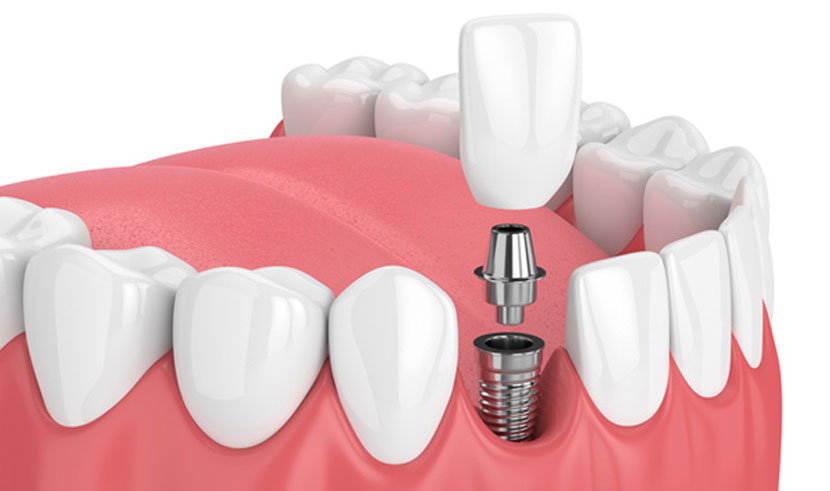Nine Household Uses for Nail Polish Remover
Acetone can help you out around the house with way more than just manicures.


Credit: Honour.kn/Shutterstock
Nail polish remover is a common household item that you might have around if you do your own nails, but it’s more useful than you might think. Because the active ingredient in nail polish remover is acetone, it can be used as a solvent to clean lots of things. Here are a few places you can use nail polish remover around the house for common stains and maintenance—as well as a couple of places to avoid using it.
Remove melted plastic
Have you ever accidentally left a spatula too close to a hot burner, or perhaps leaned up against a pan? If so, you might think there’s nothing you can do about the plastic that’s left behind. But you can use nail polish remover to lift melted plastic off of surfaces like pots and pans, as well as your stovetop. To use it to help release plastic from a surface it’s been cooked to, dab some nail polish remover around the edges of the glob, pushing it into any cracks and crevices.
Remove sticker goo
You can use nail polish remover to remove the residue from a price sticker or to remove a sticker you don’t want on a surface. Because it’s a solvent, take care when using nail polish remover on any type of plastic, and do a small test patch on an inconspicuous area before accidentally ruining your favorite to-go mug. You can use a paper towel to dab some nail polish remover on your sticker goo and then press firmly onto the surface to wipe the glue away.
Erase ink and permanent marker
You can use acetone to help remove ink and permanent marker stains by wetting a cotton ball or rag with a little bit of acetone and then dabbing it onto the stain. For larger ink stains, you might need to repeat this several times, switching out the inky cotton ball for a fresh one to avoid re-staining the area with the partially dissolved ink.
Clean porcelain
Acetone will dissolve most substances that can stain the surface of porcelain, from a coffee cup to your bathtub. You can scrub water stains, coffee stains, or stains from hair dye off of your sink, toilet, bathtub, and dishware with acetone. Be careful not to use acetone to clean surfaces that are made from dissolvable plastics or finished in epoxy, as these can be damaged by the solvent.
Remove super glue
Did you accidentally spill some super glue, or maybe get it on your fingers while you were doing a repair? You can use nail polish remover to get it off, but you should use this method sparingly when it comes to your skin. You can use a rag or paper towel to dab some nail polish remover onto spilled super glue on a surface like a table, so long as it’s not sealed with shellac or lacquer as this finish can be dissolved by acetone. You should use a cotton ball to remove superglue from your skin.
While the concentration of acetone in nail polish remover won’t work as a medical-grade disinfectant, you can clean your eyebrow tweezers with it in a pinch. Nail clippers, scissors, and razors can all be cleaned with nail polish remover.
Remove paint from glass
You can use a rag with some nail polish remover on it to get dried paint off of glass. If you messed up while painting your window trim, or got a drip or two on your vanity mirror, you can clean it off by wiping it away with acetone. Be careful not to get any acetone on the paint you want to keep—it can take that off, too.
Get rid of graffiti
If you notice a new magic marker tag or some fresh spray paint on a glass, or metal surface or on your concrete floor, you might be able to remove it with nail polish remover—if you get to it within a day. Since some spray paint uses acetone as a solvent, spray paint that hasn’t thoroughly cured can sometimes be removed with spray paint, as can marker marks. Using a rag and dabbing to avoid spreading the paint around as it dissolves is the best way to use nail polish remover to take out graffiti.
Clean your limestone tiles
Limestone tiles can get oil stains that are hard to get rid of, but nail polish remover is safe to use on limestone tiLes and it will get pesky oil stains out of your limestone floor. Sealing your tiles can help prevent oil stains, but sometimes oil will make its way into the porous stone anyway. Use a rag to soak the area with remover, and then dry it out before resealing that spot.
Where you should never use nail polish remover
Don’t use nail polish remover on hardwood floors, as it can dissolve the finish. You should also avoid using nail polish remover on some plastics, styrofoam, and electronics. Because it’s a solvent that’s meant to remove lacquer, you should keep your nail polish remover away from painted surfaces, epoxy, and glue (unless you’re trying to remove it). Always wear butyl, latex, or nitrile gloves when handling nail polish remover to keep it away from your skin.

 JimMin
JimMin 
































.jpg)